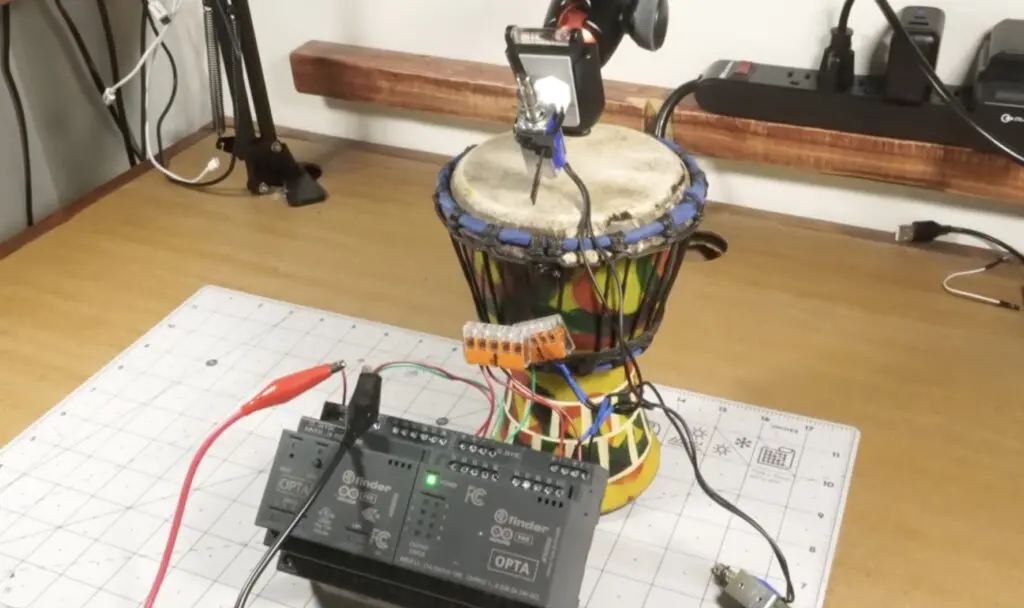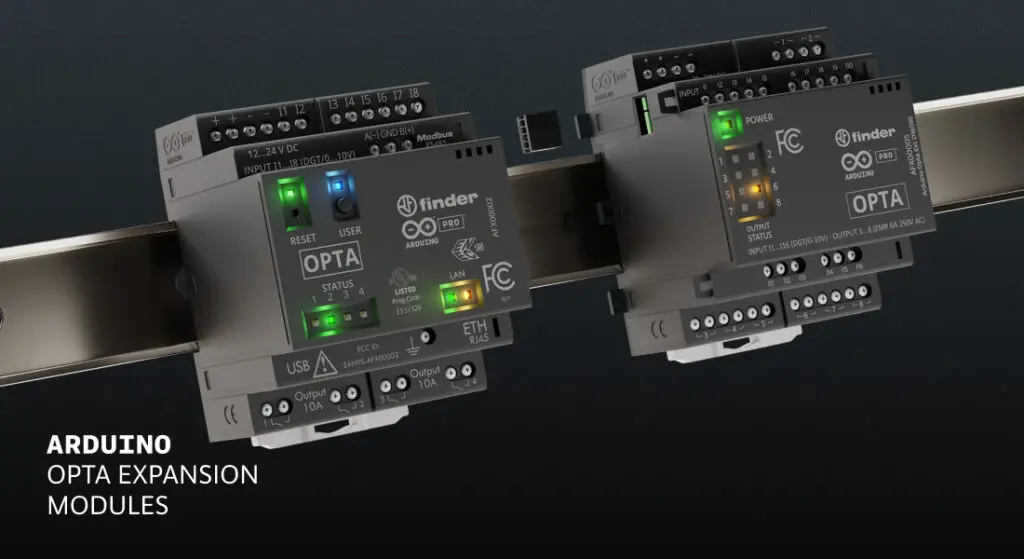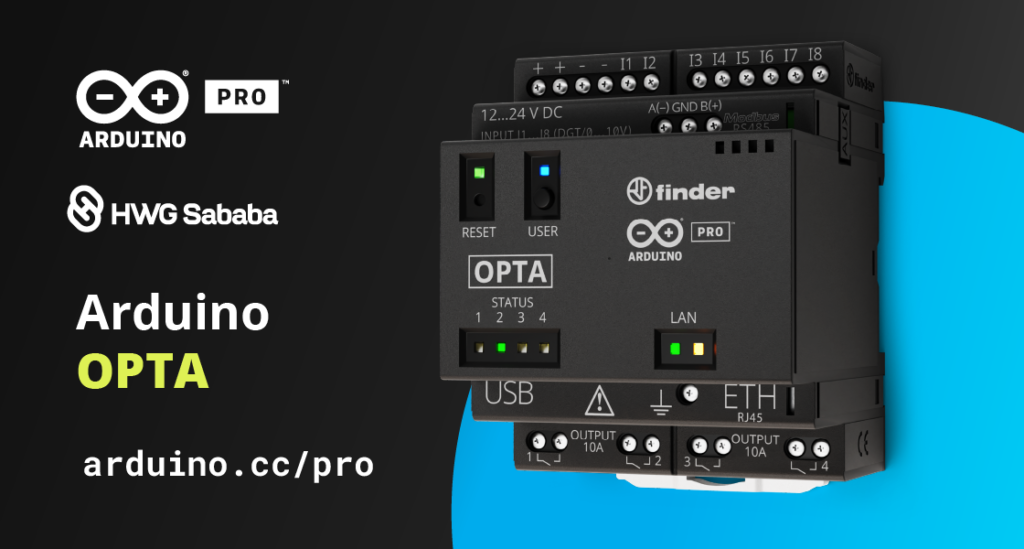Schlagwort: Arduino Opta
-

Controlling a drum machine with the Arduino Opta
Reading Time: 2 minutesMakers have long asked the question “why bother with an expensive PLC when I can just use an Arduino?” The answer comes down to the priorities and needs of industrial clients. In a factory automation setting, the client will prioritize durability, reliability, and serviceability over the one-time purchase price of the device…
-

Introducing Opta Expansions: scalable simplicity!
Reading Time: 2 minutesLast year, we launched the Arduino Pro Opta: it was an instant success with our community, and allowed us to reach PLC engineers with a new solution specifically designed for their needs. To further expand Opta’s capabilities, today the Arduino ecosystem welcomes various expansions that allow you to add new I/Os in…
-

Introducing the new Arduino PLC Starter Kit: Plug into the future of industrial automation
Reading Time: 4 minutesIn a world where industrial automation is rapidly advancing, education often struggles to keep pace. This disconnect leaves a big gap in practical, industry-relevant skills among graduates. Addressing this critical need, we’re excited to introduce the Arduino PLC Starter Kit. Powered by the robust Arduino Opta mini PLC and backed by the…
-

Opta: Enhanced cybersecurity after HWG Sababa’s testing
Reading Time: 2 minutesConnecting machines and equipment to the internet became easier than ever when we launched the Arduino Opta micro PLC, enabling real-time control, monitoring, predictive maintenance and more – in industries ranging from smart agriculture to large-scale manufacturing to building automation. Supporting our well-known Arduino sketch programming experience and any of the five IEC…



